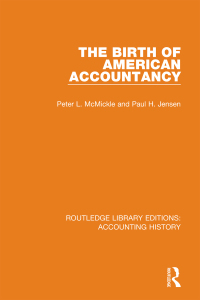1. Chapters 9 and 10-Questions Lux Resources is due to pay one vendor $35 000 in one year, $50 000 in two years, and $30 000 in three years. Instead of making these payments, the company has agreed to make two equal payments, one payment to be made in six months and a second payment in 16 years. Money is worth 6% compounded monthly. The decision, and therefore the focal date, is to be today. a. Calculate the equivalent value at the focal date of the original three payments. b. Calculate the amount of each of the equal payments. 4. Chapter 14-Questions For the company's office and equipment base in Winnipeg, the company holds a 20-year mortgage of $360 000 at 4% compounded semi-annually. The current mortgage contract has a term of 3 years and monthly payments. After the first term is completed, renewal of the mortgage includes monthly payments and interest at 4.8% compounded semi-annually for a term of 5 years. a. Calculate the monthly payment in the first term. b. Calculate the balance owing at the end of the first 12 months. c. Calculate the interest paid in the first 12 months. d. Calculate the outstanding balance at the end of the 3-year term. e. Calculate the new payment. 3. Chapter 13-Questions Lux Resources purchased equipment in exchange for a promissory note for $450 000, with the agreement to pay $8000 at the end of each month, starting in eight months. Interest on the loan is 7% compounded annually. In partnership with the equipment manufacturer, Lux has agreed to establish a scholarship for local business students. A fund of $10 000 has been set up, with the interest earned being paid as the annual scholarship amount. Money is worth 5% compounded annually. a. Calculate the equivalent value of the equipment loan in eight months. b. How many month-end payments will have to be made? c. Calculate the maximum payout of the scholarship, assuming it to be a perpetuity. 6. Chapter 16-Questions The purchase of a loader is needed to enable the expansion into Windsor. There are two options to consider. Money is worth 10% compounded annually. Loader A has a purchase cost of $150 000. Net cash flow would be: . . $30 000 per year for the first 3 years; $40 000 for the next year, $30 000 for the next 4 years, . $14 000 for the last 2 years. Estimated salvage value: $20 000 at end of 10 years. . Loader B has a purchase cost of $180 000. Net cash flow would be: . $20 000 per year for the first 2 years, $40 000 per year for the next 3 years; $30 000 per year for each of the last 5 years, Estimated salvage value: $11 000 at end of 10 years. $30 000 for the next 4 years: . $14 000 for the last 2 years. Estimated salvage value: $20 000 at end of 10 years. Loader B has a purchase cost of $180 000. Net cash flow would be: . . $20 000 per year for the first 2 years, $40 000 per year for the next 3 years; $30 000 per year for each of the last 5 years. Estimated salvage value: $11 000 at end of 10 years. - Calculate for each of the loaders: a. NPV b. IRR c. Profitability index d. Based on this numerical analysis, what advice would you give to Kelsey Bowen











